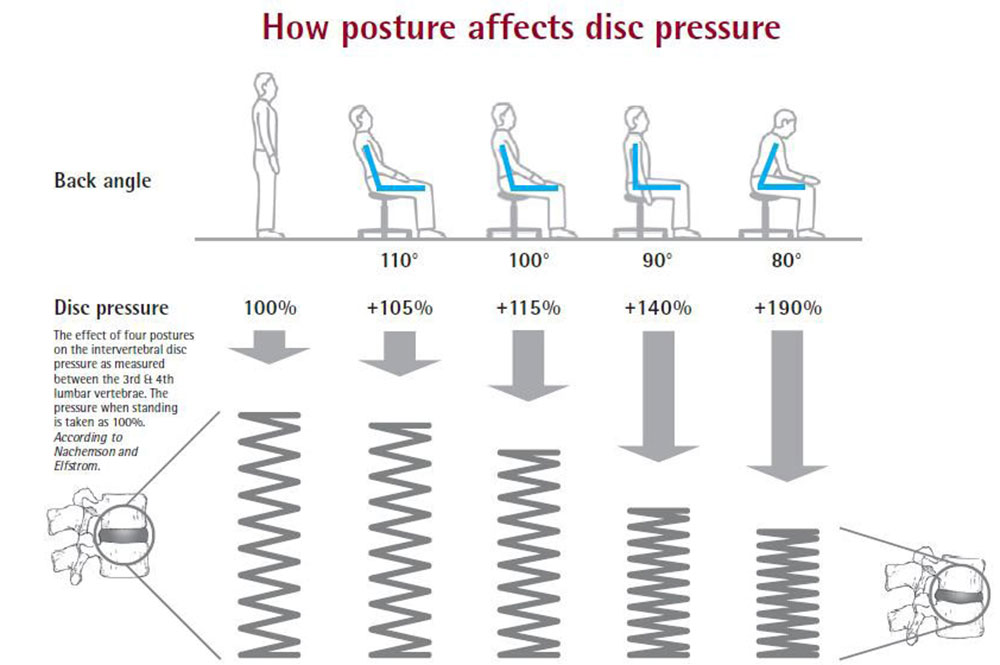An allergy is defined as ‘a condition in which the body reacts abnormally to a foreign substance.’ Many of us have allergies and are aware of these at a young age. For example, my mother and brother both have gluten allergies while my father has a shellfish allergy. If my mother were to disregard her gluten allergy she would find herself sidelined in bed with a slew of symptoms such as pain, nausea, rash, and vomiting. If she continued to consume gluten then she would find herself in a state of chronic inflammation and pain. The solution is fairly obvious, my mother should not consume gluten because she has a known allergy. Problem solved. However, what if my mother was not aware of her gluten allergy? Her days would be riddled with the symptoms described above with no apparent rhyme or reason. She would grow frustrated and believe that she is always going to feel this way.
Everybody can conceptualize the allergy scenario above but when it comes to musculoskeletal injuries there isn’t the same thought process. To better understand this idea I would like to share an experience I had with a patient: I evaluated a 38 year old male accountant with chronic lower back pain with discomfort that radiated into his right leg. He did not recall any traumatic event that caused his discomfort stating he noticed it at work one day. His symptoms were minimal in the morning, but as the day went on they gradually worsened. Through our conversation about his work, he described his job as very sedentary with an hour commute each way. This particular patient enjoyed exercising, however, this injury had interfered with his ability to do so.
Most physical therapists, doctors, chiropractors, massage therapists and WebMD would tell my patient to rest, ice, and perform “core strengthening and stretching.” This type of remedy is not only ineffective but not specific to the individual at all. The important questions that still have yet to be answered are, ‘What is contributing to his pain?’ and ‘Why is the pain still present?’
Much like a series of allergy tests, I brought my patient through a full physical therapy evaluation. I found that the patient’s most notable sensitivity, or allergy, was compression or loading of the lumbar spine. Because of this sensitivity, sitting at work and driving were causing more pain as the day went on. My patient described working on a laptop in a position that resembled the posture to the far right in the diagram below (% indicates lumbar disc pressure).

I knew that exercise and conditioning would help my patient, but was positive the 40+ hours of sitting in poor positions would outweigh the benefits of ANY prescribed exercise. I used the pictures that you see in the diagram above to educate my patient on how he should be sitting and, more importantly, WHY he should be sitting that way. I also recommended that he use a laptop stand or trial a desktop for a week. I went out to my patient’s car and adjusted his seat to reduce compression in his lower back while driving. And believe it or not, over the next week my patient told me he saw a significant reduction in his lower back pain. We were then able to focus on corrective exercises that would target his overall level of strength/fitness and and returning back to his normal activities to include regular and daily exercise.
To summarize, when someone gets injured, they are going to be sensitive to certain positions or mechanical forces. Being unaware of these sensitivities can lead to a frustrating and, often times, prolonged recovery. Physical therapy is often viewed as simply a discipline that prescribes various exercises and administers modalities such as heat, ultrasound and ice. The therapists at CMPT
are experts in so much more! At CMPT, each patient undergoes a comprehensive and individualized evaluation. Based on the results of this evaluation, a program based on an individual’s strengths and weakness which includes a complete activity analysis is developed. Often the most important intervention that we administer is the advice and activity modifications that we suggest!
#physicaltherapy #backpain #posture #sitting

